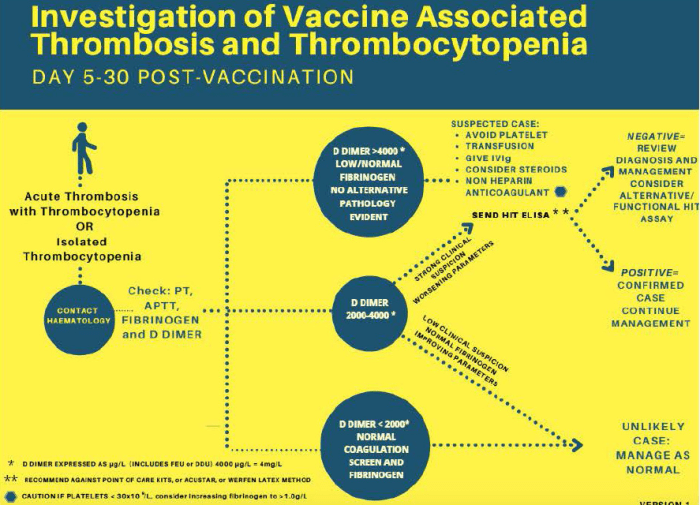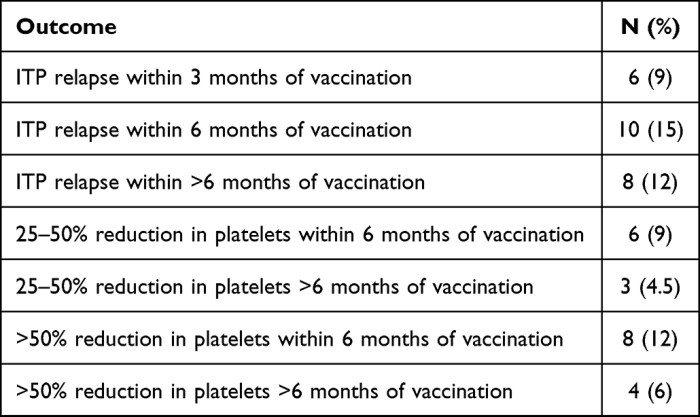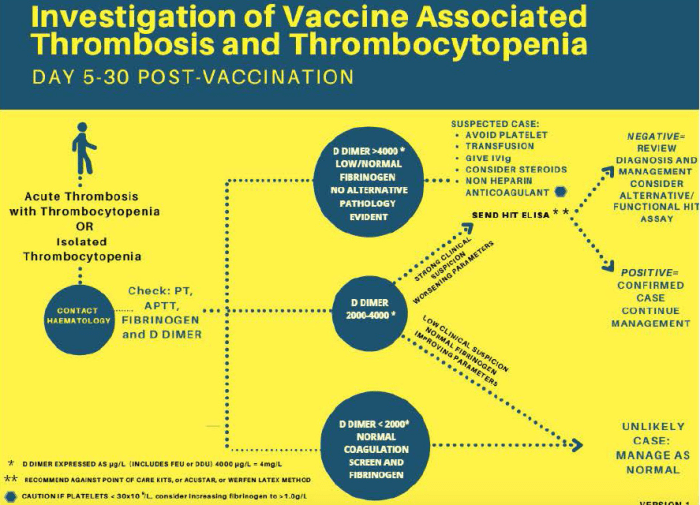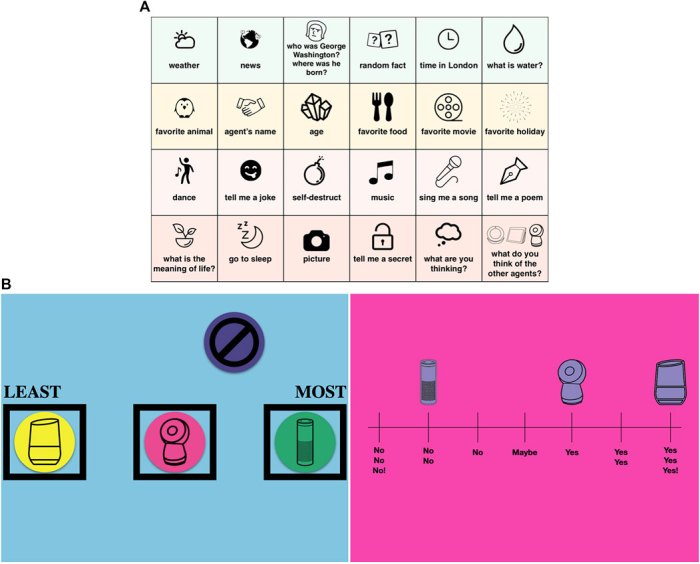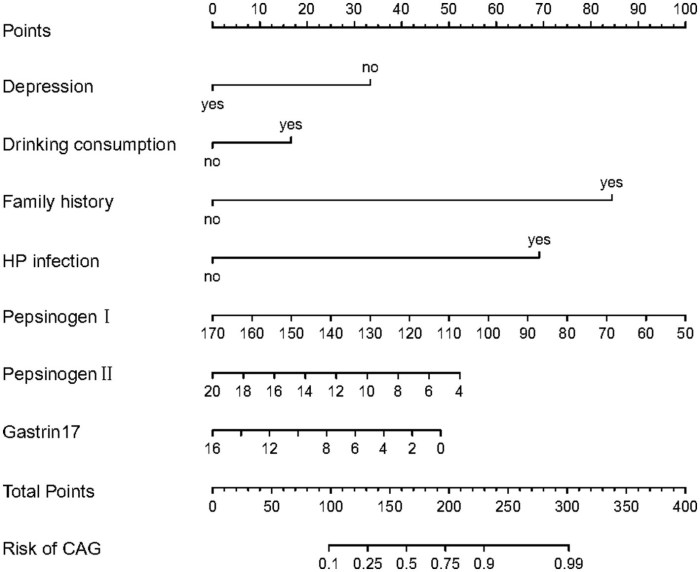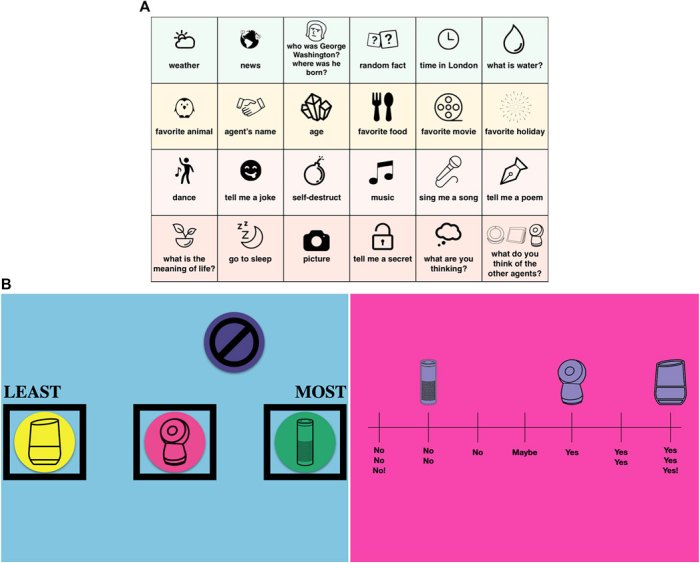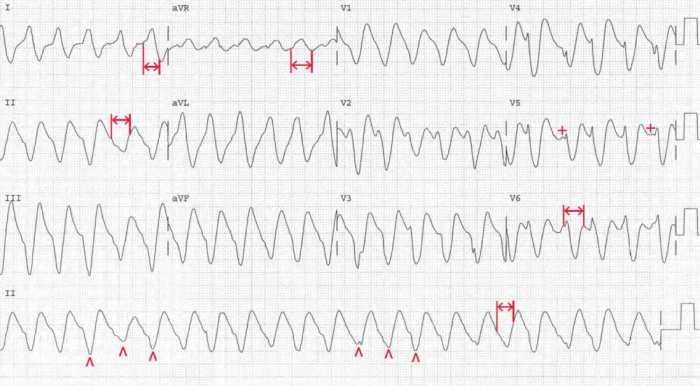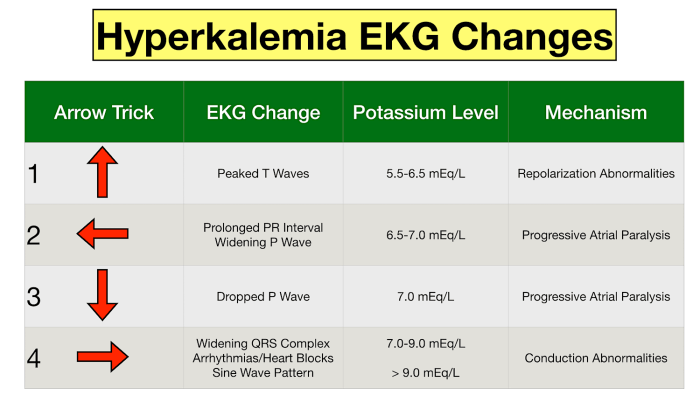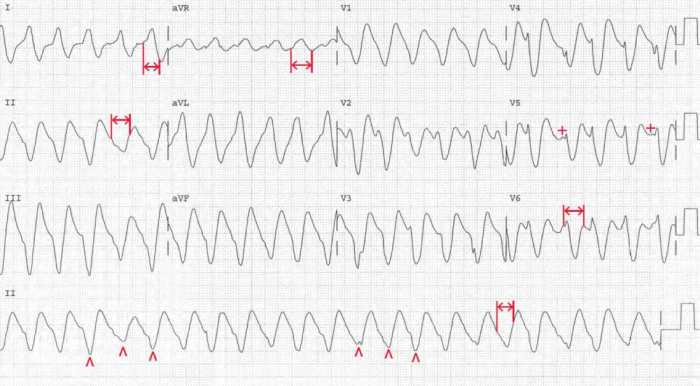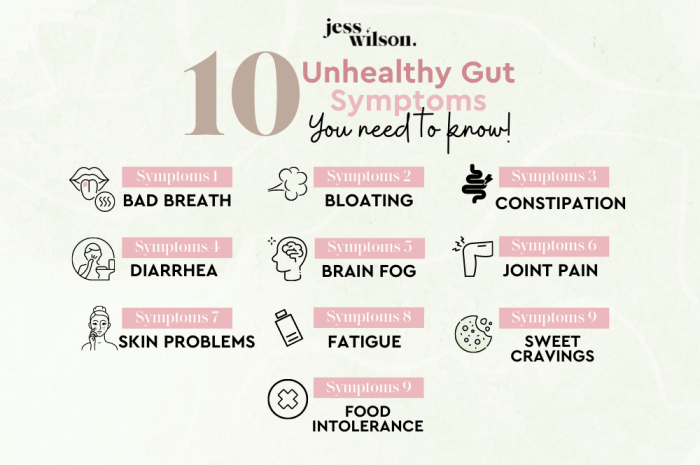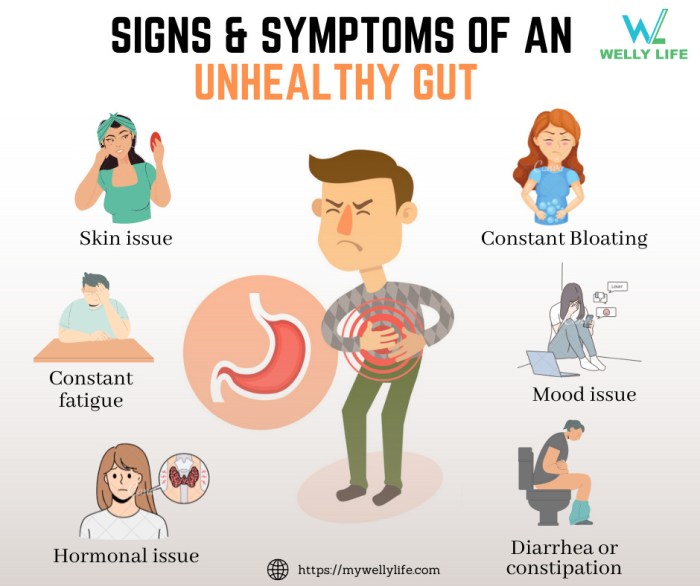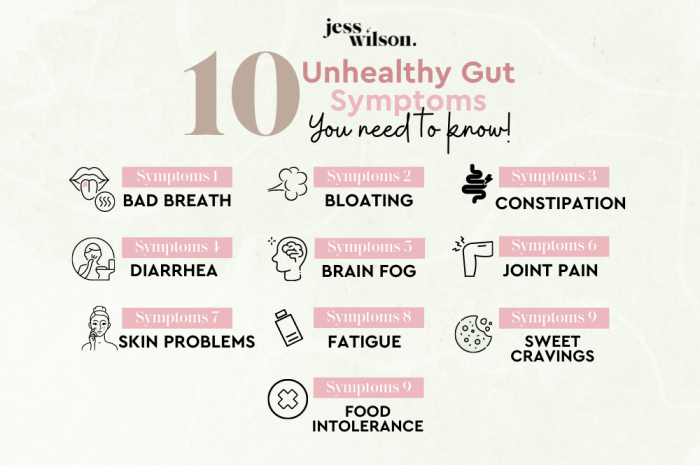What foods lower blood pressure? This guide delves into the power of diet in managing blood pressure. We’ll explore the DASH diet, sodium restriction, and the crucial role of potassium, calcium, and magnesium-rich foods. Discover specific fruits, vegetables, and whole grains proven to help regulate blood pressure, along with healthy cooking methods and meal planning strategies.
From understanding the nutritional content of blood pressure-friendly foods to exploring potential interactions with medications, this comprehensive resource equips you with the knowledge to make informed dietary choices for optimal blood pressure management. We’ll also discuss practical strategies for incorporating these foods into your daily meals, along with helpful tips for meal planning and portion control.
Dietary Approaches to Lower Blood Pressure
Managing high blood pressure is crucial for overall health and well-being. A significant part of this management involves adopting a healthy diet that emphasizes specific nutrients and limits others. Dietary changes can often reduce the need for medications and improve overall cardiovascular health. This approach is highly recommended by healthcare professionals and is a cornerstone of preventative care.A well-balanced diet plays a vital role in regulating blood pressure.
Specific dietary patterns, like the DASH diet, have proven effective in managing blood pressure levels and can be tailored to individual needs. Understanding the roles of sodium, potassium, and healthy fats in blood pressure regulation is essential for making informed dietary choices.
DASH Diet and Blood Pressure Management
The Dietary Approaches to Stop Hypertension (DASH) diet is a widely recognized and effective approach for managing high blood pressure. It emphasizes fruits, vegetables, whole grains, and low-fat dairy products. The diet is rich in potassium, magnesium, and calcium, all of which contribute to lower blood pressure. The DASH diet also limits sodium intake, which is another crucial factor in controlling blood pressure.
So, you’re looking to lower your blood pressure? Eating a diet rich in potassium-rich foods like bananas and leafy greens is a great start. Along with a healthy diet, regular exercise is crucial. To figure out the perfect amount of cardio for your needs, check out this guide on how much cardio per week. Knowing how much cardio you need can help you create a comprehensive plan to manage your blood pressure effectively.
But remember, a balanced diet with plenty of fruits and vegetables is key to achieving optimal blood pressure levels.
Sodium Restriction and Blood Pressure
Reducing sodium intake is essential for blood pressure management. Excessive sodium consumption can lead to water retention, increasing blood volume and, consequently, blood pressure. A reduction in sodium intake, often achieved through dietary modifications, can lead to a noticeable decrease in blood pressure readings. The American Heart Association recommends limiting sodium intake to less than 2,300 milligrams per day, and ideally, less than 1,500 milligrams for individuals at high risk.
Comparing DASH with Other Dietary Approaches
Various dietary approaches focus on blood pressure management. While similar in their emphasis on whole foods and reduced sodium, some may vary in their specific macronutrient distribution or emphasis on certain foods. The DASH diet stands out due to its structured approach and comprehensive inclusion of various nutrient groups, making it a particularly well-rounded and practical option for most people.
It is often compared to the Mediterranean diet, both of which prioritize whole foods and limit processed foods.
Role of Potassium in Blood Pressure Regulation
Potassium is a crucial mineral for maintaining healthy blood pressure. It helps to balance the effects of sodium, preventing excessive water retention. Sufficient potassium intake can contribute to lowering blood pressure and improving overall cardiovascular health. Good dietary sources of potassium include fruits and vegetables, and incorporating these into daily meals is vital.
Fruits and Vegetables for Blood Pressure
A variety of fruits and vegetables contribute to a healthy blood pressure. Berries, citrus fruits, leafy greens, and many other varieties are packed with vitamins, minerals, and fiber, all of which play a role in managing blood pressure. Regular consumption of these foods can contribute to a balanced diet that supports healthy blood pressure levels.
Impact of Healthy Fats on Blood Pressure
Healthy fats, primarily monounsaturated and polyunsaturated fats, play a crucial role in maintaining cardiovascular health. These fats contribute to lower blood pressure by promoting healthy cholesterol levels and improving blood vessel function. Examples of foods rich in these healthy fats include avocados, nuts, and seeds.
Foods High in Potassium, Calcium, and Magnesium
The table below highlights some foods rich in potassium, calcium, and magnesium, essential minerals for blood pressure regulation. These foods are integral to a DASH diet approach and can contribute to maintaining healthy blood pressure levels.
| Food | Potassium (mg) | Calcium (mg) | Magnesium (mg) |
|---|---|---|---|
| Bananas | 422 | 6 | 30 |
| Spinach | 528 | 22 | 60 |
| Sweet Potatoes | 488 | 12 | 36 |
| Yogurt (plain, low-fat) | 310 | 270 | 20 |
| Almonds | 228 | 75 | 60 |
Specific Foods for Blood Pressure Reduction
Beyond dietary approaches, specific foods play a crucial role in managing blood pressure. Understanding the impact of various food groups on blood pressure allows individuals to make informed choices and support their overall cardiovascular health. This section delves into the specific mechanisms by which certain foods contribute to blood pressure regulation.The foods we consume significantly influence our blood pressure.
Nutrients like potassium, magnesium, and fiber found in specific foods help relax blood vessels, reduce sodium levels, and promote overall cardiovascular health. This translates into a healthier heart and lower blood pressure readings over time.
Foods Shown to Lower Blood Pressure
A variety of fruits, vegetables, and whole grains have demonstrated positive effects on blood pressure. Their contribution stems from the unique combination of nutrients they provide. These nutrients interact in ways that promote vascular health and contribute to lower blood pressure readings.
- Fruits: Berries, citrus fruits, and apples are rich in antioxidants and potassium, both vital for blood pressure regulation. Potassium helps maintain electrolyte balance, which in turn can relax blood vessels, lowering blood pressure.
- Vegetables: Leafy greens, such as spinach and kale, and root vegetables, such as carrots and beets, are excellent sources of potassium, magnesium, and fiber. These nutrients help regulate blood pressure and contribute to overall cardiovascular health. The fiber also aids in lowering cholesterol.
- Whole Grains: Whole grains like oats, brown rice, and quinoa are packed with fiber, which helps lower cholesterol and blood pressure by promoting regularity and reducing the absorption of sodium.
Mechanisms of Blood Pressure Reduction
Several mechanisms contribute to the blood pressure-lowering effects of specific foods. The combination of nutrients in these foods plays a critical role in the overall effect. For example, potassium helps regulate sodium levels and promotes vasodilation, while fiber reduces cholesterol and sodium absorption.
- Potassium: Potassium helps maintain electrolyte balance, which in turn can relax blood vessels, leading to lower blood pressure.
- Magnesium: Magnesium is involved in numerous bodily functions, including blood pressure regulation. It helps relax blood vessels, which contributes to lower blood pressure.
- Fiber: Fiber aids in lowering cholesterol and blood pressure by promoting regularity and reducing the absorption of sodium.
Blood Pressure-Lowering Effects Comparison
The following table provides a comparative overview of the blood pressure-lowering effects of various fruits, vegetables, and whole grains. These values are approximations and may vary based on specific types and preparation methods.
| Food Category | Specific Food | Blood Pressure-Lowering Effect (Estimated) |
|---|---|---|
| Fruits | Berries | Moderate |
| Fruits | Citrus Fruits | Moderate |
| Vegetables | Leafy Greens | High |
| Vegetables | Beets | Moderate |
| Whole Grains | Oats | Moderate |
| Whole Grains | Brown Rice | Moderate |
Foods to Avoid or Limit
Certain foods can exacerbate high blood pressure. It’s essential to limit or avoid these foods when managing high blood pressure.
- Processed Foods: Processed foods are often high in sodium, saturated fats, and unhealthy additives, which can negatively impact blood pressure.
- Sugary Drinks: Sugary drinks contribute to weight gain and can increase blood pressure.
- Red Meat: Excessive consumption of red meat can increase blood pressure due to its high saturated fat content.
Lean Proteins and Blood Pressure
Lean proteins, such as fish, poultry, and beans, are generally beneficial for blood pressure management. These proteins provide essential nutrients without the excessive saturated fats often found in red meat.
Whole Grains and Blood Pressure Management
Whole grains are crucial for blood pressure management due to their high fiber content. Fiber helps regulate blood sugar levels and promotes satiety, contributing to weight management, which in turn positively affects blood pressure.
Healthy Cooking Methods
Choosing healthy cooking methods when preparing blood pressure-friendly foods can maximize their benefits.
- Baking: Baking is a low-sodium cooking method that preserves nutrients.
- Steaming: Steaming is a healthy method for cooking vegetables that retains nutrients and minimizes sodium intake.
- Roasting: Roasting is a versatile cooking method that can be used for various vegetables and proteins, allowing for the use of herbs and spices without added sodium.
Blood Pressure-Lowering Foods
A healthy diet plays a crucial role in managing blood pressure. Choosing the right foods can significantly contribute to maintaining optimal blood pressure levels, reducing the risk of cardiovascular diseases. This section delves into the nutritional content of blood pressure-lowering foods, highlighting key nutrients and their impact on blood pressure regulation.
Nutritional Content of Blood Pressure-Lowering Foods
Various nutrients contribute to healthy blood pressure. Potassium, magnesium, and fiber are particularly important for blood pressure management. These nutrients work in synergy to promote vasodilation (widening of blood vessels), reducing blood pressure and improving overall cardiovascular health.
Role of Antioxidants in Blood Pressure Management
Antioxidants combat oxidative stress, a process that can damage blood vessels and contribute to hypertension. These molecules neutralize harmful free radicals, protecting the cardiovascular system and promoting healthy blood pressure levels. Fruits and vegetables rich in antioxidants are excellent choices for blood pressure management.
Comparison of Nutritional Value in Different Types of Fish
Fatty fish, such as salmon, tuna, and mackerel, are excellent sources of omega-3 fatty acids. These essential fats have been shown to lower blood pressure and reduce inflammation, promoting cardiovascular health. While different types of fish offer varying nutritional profiles, the emphasis remains on incorporating diverse fish sources into a balanced diet for optimal health benefits.
Impact of Fiber on Blood Pressure
Dietary fiber promotes healthy blood pressure levels by regulating blood sugar and cholesterol. Soluble fiber, in particular, helps lower LDL (“bad”) cholesterol, a factor contributing to hypertension. Fiber also promotes satiety, which can help manage calorie intake and weight, further influencing blood pressure.
Foods Rich in Omega-3 Fatty Acids
Examples of foods rich in omega-3 fatty acids include salmon, tuna, mackerel, flaxseeds, chia seeds, and walnuts. These foods are crucial for maintaining heart health and supporting healthy blood pressure levels.
Potassium-rich foods like bananas and leafy greens are great for lowering blood pressure, and maintaining a healthy diet is key. While we’re on the topic of healthy habits, have you considered exploring ways to clear blocked sinuses? Learning techniques for clearing congestion can greatly improve your overall well-being. Ways to clear blocked sinuses can be surprisingly helpful for general health, and these techniques can work in tandem with a healthy diet for blood pressure control.
Ultimately, focusing on nutritious foods like those high in potassium is crucial for good blood pressure.
Significance of Dietary Nitrates and Their Sources
Dietary nitrates, found in leafy green vegetables like spinach and lettuce, beets, and certain fruits, are converted into nitric oxide in the body. Nitric oxide promotes vasodilation, leading to a decrease in blood pressure. Incorporating nitrate-rich foods into the diet can contribute to a healthier cardiovascular system.
Table of Foods, Nutritional Content, and Blood Pressure-Lowering Effects
| Food | Key Nutrients | Potential Blood Pressure-Lowering Effects |
|---|---|---|
| Leafy Green Vegetables (Spinach, Kale) | Potassium, nitrates, fiber | Vasodilation, reduced blood pressure, improved blood sugar control |
| Fatty Fish (Salmon, Tuna) | Omega-3 fatty acids, protein | Reduced inflammation, lowered blood pressure, improved heart health |
| Fruits (Berries, Citrus Fruits) | Antioxidants, potassium | Neutralization of free radicals, reduced blood pressure |
| Legumes (Beans, Lentils) | Fiber, protein, potassium | Improved blood sugar control, lowered cholesterol, reduced blood pressure |
| Whole Grains (Oats, Brown Rice) | Fiber, complex carbohydrates | Improved blood sugar control, reduced cholesterol, reduced blood pressure |
Practical Dietary Strategies
Managing blood pressure through diet isn’t about drastic changes, but rather sustainable habits. This involves incorporating blood pressure-lowering foods into your daily routine in a way that’s enjoyable and fits your lifestyle. It’s about creating a balanced approach that prioritizes your health without sacrificing flavor or convenience. Consistency is key to long-term success.Implementing these strategies can significantly contribute to better blood pressure control.
A balanced diet, coupled with regular exercise and stress management, forms a powerful foundation for a healthier heart. Small, incremental changes can accumulate to substantial improvements over time.
Incorporating Blood Pressure-Lowering Foods
Consistent intake of foods rich in potassium, magnesium, and fiber is crucial for blood pressure regulation. This involves planning meals around these elements, making informed choices at the grocery store, and understanding portion sizes. This proactive approach can be achieved through mindful shopping and cooking.
- Strategic Grocery Shopping: Create a shopping list centered around blood pressure-friendly foods. This will help you avoid impulse purchases and ensure you have the necessary ingredients for healthy meals. Consider buying fruits, vegetables, whole grains, and lean proteins in advance.
- Meal Planning: Pre-plan your meals for the week, including breakfast, lunch, and dinner. This structured approach will ensure you have a variety of options that fit your dietary needs and preferences.
- Recipe Exploration: Look for recipes that feature blood pressure-friendly ingredients. Experiment with new cuisines and explore different ways to prepare healthy meals. Discovering new recipes and techniques will keep your meals exciting and prevent monotony.
Meal Planning for Blood Pressure Management
A structured meal plan, tailored to individual needs, is essential for successful blood pressure management. The focus should be on creating meals that are both nutritious and enjoyable. Consider using a meal planner app or notebook to track your progress.
- Breakfast Options: Start your day with a bowl of oatmeal with berries and nuts, a Greek yogurt parfait with fruit and granola, or a whole-wheat toast with avocado and a poached egg. These options provide essential nutrients and fiber to keep you full and energized.
- Lunch Options: A salad with grilled chicken or fish, a lentil soup, or a whole-wheat sandwich on whole-grain bread with lean protein are excellent choices. These options offer a balanced mix of protein, carbohydrates, and healthy fats.
- Dinner Options: Roasted vegetables with lean beef or chicken, a hearty lentil stew, or a salmon with quinoa and steamed broccoli are examples of balanced dinner options. Remember to vary your protein sources for optimal nutrition.
Portion Control and Blood Pressure
Managing portion sizes is vital for blood pressure regulation. Overeating can lead to an increase in blood pressure, even if you’re consuming healthy foods. Paying attention to serving sizes is crucial for maintaining a healthy weight and blood pressure. Use smaller plates and bowls to visually manage portion sizes.
Hydration and Blood Pressure Management
Staying hydrated is crucial for overall health and blood pressure regulation. Water helps regulate blood volume and blood pressure. Aim for at least eight glasses of water a day. Infuse your water with fruits or herbs for added flavor and enjoyment.
Regular Mealtimes and Blood Pressure
Establishing regular mealtimes helps regulate blood sugar levels and reduce blood pressure fluctuations. This routine helps the body anticipate food intake, promoting better digestion and blood pressure control. A consistent eating schedule aids in the body’s natural rhythm.
Sample Weekly Meal Plan (Infographic)
[A detailed infographic would visually represent a sample weekly meal plan focused on lowering blood pressure. It would display breakfast, lunch, and dinner options for each day, along with the estimated calorie and nutrient content of each meal. The infographic would clearly highlight the key blood pressure-lowering foods in each meal.]
Potential Interactions and Considerations

Navigating healthy eating for blood pressure management can be tricky, especially when medications are involved. This section delves into potential interactions between certain foods and blood pressure medications, emphasizing the crucial role of professional guidance in tailoring a safe and effective dietary plan. Understanding individual needs and potential sensitivities is also key to achieving optimal blood pressure control.While a healthy diet is crucial for blood pressure regulation, it’s important to acknowledge that some foods can interact with medications.
This is not a cause for alarm, but rather a need for careful consideration and communication with your doctor. The information here serves as a starting point for informed discussions, not as a substitute for professional medical advice.
Medication Interactions, What foods lower blood pressure
Dietary choices can influence how your body absorbs or processes medications. Some blood pressure-lowering foods can either enhance or diminish the effectiveness of certain medications. For instance, foods high in potassium, while beneficial for blood pressure, can potentially interact with blood pressure medications that affect potassium levels.
Importance of Professional Guidance
Consulting with a healthcare professional is paramount before making significant dietary changes, particularly if you’re already taking blood pressure medications. A doctor can assess your individual needs, identify potential risks, and tailor a personalized dietary plan that complements your medication regimen. This ensures the safety and efficacy of your approach.
Individual Needs and Preferences
Dietary plans for blood pressure management must consider individual needs and preferences. Factors such as cultural background, personal tastes, and existing health conditions should be taken into account. A flexible and adaptable approach is crucial for long-term adherence and success. For example, a person with a strong preference for dairy products can still maintain a healthy blood pressure diet by incorporating low-fat dairy alternatives and focusing on fruits, vegetables, and whole grains.
Allergies and Intolerances
Certain blood pressure-lowering foods, like fruits, vegetables, and nuts, can trigger allergies or intolerances in some individuals. It’s essential to be aware of any sensitivities and adjust your diet accordingly. For instance, someone with a known nut allergy should avoid foods like almonds, walnuts, or cashews, and explore alternative sources of healthy fats and protein. Identifying and managing these sensitivities is crucial for both overall health and blood pressure management.
Looking for ways to naturally lower your blood pressure? Many foods can help, including plenty of fruits, vegetables, and whole grains. A key component of a healthy diet for blood pressure is fiber, and if you’re seeking fiber alternatives to chia seeds, you might want to explore options like flaxseed or psyllium husk. These alternatives offer similar benefits for heart health and can be incorporated into your meals easily.
Finding good fiber sources, like those listed on this page about fiber alternatives to chia seeds , is a fantastic way to keep your blood pressure in check.
Effectiveness of Dietary Approaches
Different dietary approaches, like the DASH diet or Mediterranean diet, have varying degrees of effectiveness in managing different blood pressure conditions. The DASH diet, emphasizing fruits, vegetables, and low-fat dairy, has proven effective in lowering blood pressure. However, the best approach may vary depending on individual circumstances. A doctor can help determine the most suitable dietary plan based on your specific blood pressure readings and overall health.
Potentially Interacting Foods
- High-Potassium Foods: Foods like bananas, apricots, and spinach can potentially interact with certain blood pressure medications that affect potassium levels. This interaction can range from mild to potentially serious, depending on individual factors.
- Grapefruit: Grapefruit and grapefruit juice can interact with some blood pressure medications, affecting their absorption and potentially increasing the risk of side effects. Avoiding grapefruit during treatment is advisable.
- Certain Herbal Supplements: Some herbal supplements, such as ginseng or licorice root, can interact with blood pressure medications. Always check with your doctor before taking any herbal supplements.
- Alcohol: Excessive alcohol consumption can raise blood pressure and potentially interfere with the effectiveness of some blood pressure medications. Moderation is key.
- Salt: High sodium intake can significantly elevate blood pressure. Reducing sodium intake is a critical aspect of many blood pressure management strategies.
This list is not exhaustive and represents potential interactions. Always consult with your doctor or pharmacist for personalized guidance regarding potential interactions between your medications and specific foods.
Food Preparation Methods and Blood Pressure: What Foods Lower Blood Pressure
Cooking methods significantly impact the nutritional value of foods, particularly those beneficial for managing blood pressure. Choosing the right approach can enhance the bioavailability of essential nutrients while minimizing the detrimental effects of added sodium and unhealthy fats. This section delves into the crucial role of cooking methods in maintaining a healthy blood pressure.Different cooking methods affect the nutrient content of foods, which can impact blood pressure regulation.
For example, boiling can leach water-soluble vitamins, while frying can introduce unhealthy fats. Understanding these effects allows us to make informed choices that support our blood pressure goals.
Impact of Cooking Methods on Nutrient Retention
Various cooking methods influence the nutritional composition of foods, impacting their effectiveness in lowering blood pressure. Boiling, steaming, and baking are generally preferred methods for preserving nutrients, as they minimize nutrient loss and often reduce the need for added sodium and unhealthy fats.
Limiting Added Salt and Sugar
Excessive salt and sugar intake is detrimental to blood pressure control. Reducing added sodium and sugar in food preparation is a critical aspect of blood pressure management. Salt substitutes can be used cautiously, but it’s vital to understand their individual effects. Monitoring sodium intake through labels and adjusting recipes is crucial for maintaining a healthy diet. Reducing sugar intake is also essential, as it’s linked to increased blood pressure in some individuals.
Comparison of Cooking Methods
Different cooking methods have varying impacts on blood pressure-lowering nutrients. Boiling, steaming, and baking tend to preserve more nutrients, while frying often results in a higher fat content. Grilling, when done properly with minimal oil, can be a reasonable alternative.
Healthy Cooking Techniques
Maintaining nutrient density in blood pressure-lowering foods is achievable through careful cooking techniques. Steaming and baking minimize nutrient loss and reduce the need for added fats. Using fresh herbs and spices adds flavor without relying on excessive salt or sugar. Avoiding deep-frying and minimizing added fats in other methods are essential.
Table: Cooking Methods and Their Effects on Specific Foods
| Food | Boiling | Steaming | Baking | Frying | Grilling |
|---|---|---|---|---|---|
| Leafy Greens (Spinach, Kale) | Good for water-soluble vitamins; some nutrient loss possible | Excellent for preserving nutrients; minimal nutrient loss | Good; some nutrient loss possible, depends on the baking method | Potential for nutrient loss and added unhealthy fats | Good if done with minimal oil; some nutrient loss possible |
| Fruits (Berries, Apples) | Good for water-soluble vitamins; some nutrient loss possible | Excellent for preserving nutrients; minimal nutrient loss | Good; some nutrient loss possible, depends on the baking method | Potential for nutrient loss and added unhealthy fats | Good if done with minimal oil; some nutrient loss possible |
| Legumes (Beans, Lentils) | Excellent; soaking and boiling removes excess sodium | Good; minimal nutrient loss | Good; some nutrient loss possible, depends on the baking method | Potential for nutrient loss and added unhealthy fats | Good if done with minimal oil; some nutrient loss possible |
Last Word

In conclusion, a balanced diet rich in specific nutrients can significantly impact blood pressure. By incorporating blood pressure-lowering foods and adopting healthy cooking methods, you can contribute to a healthier lifestyle. Remember, consulting with a healthcare professional is crucial before making significant dietary changes, especially if you’re taking medication. This guide provides a starting point, empowering you to take charge of your blood pressure through conscious food choices.




